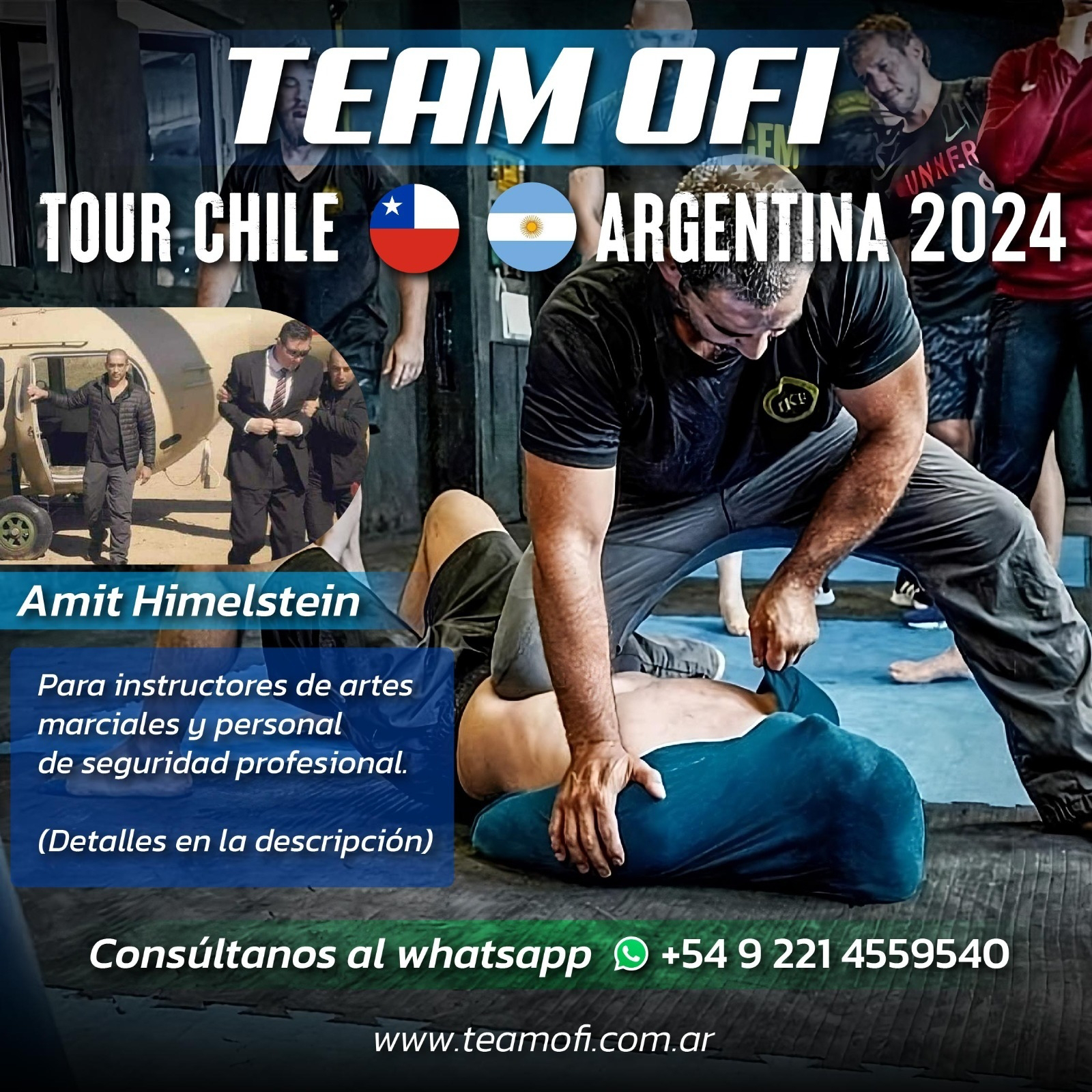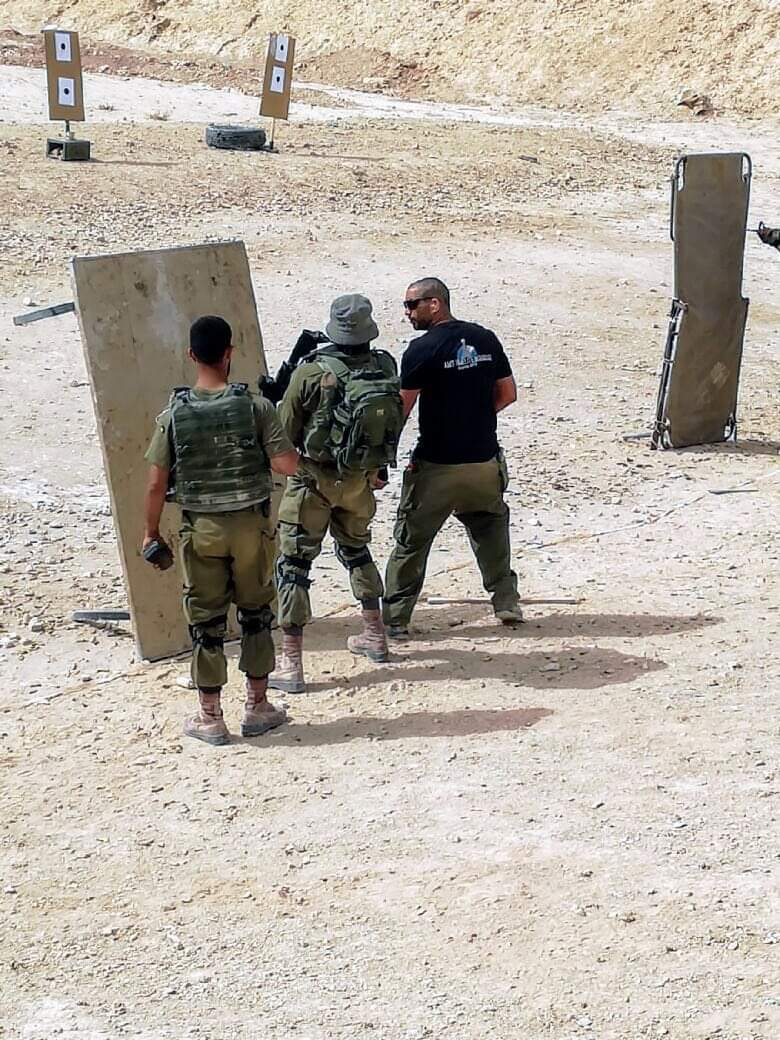Construcción de un Luchador Operativo: Un Enfoque Integral para el Entrenamiento de Krav Maga
Introducción:
Construir un luchador operativo se puede comparar con la construcción de una fortaleza. Una fortaleza que puede defenderse debe tener cimientos fuertes y resistentes para resistir tanto las fuerzas de la naturaleza como los atacantes externos. Al igual que una fortaleza posee un amplio arsenal de herramientas y armas para lanzar contraataques, un luchador debe estar equipado con una amplia gama de habilidades para responder eficazmente a cualquier amenaza. Además, una fortaleza debe poder proteger a los que están dentro de sus muros, proporcionando refugio y defensa. Cuanto más fuertes y amplios sean los cimientos de la fortaleza, mejor podrá adaptarse y sobrevivir frente a las amenazas cambiantes. Este es el principio fundamental para construir un luchador: establecer bases sólidas que aseguren durabilidad, adaptabilidad y fuerza frente a desafíos en constante evolución.
Elementos Clave de un Luchador Operativo:
1. Dominio Técnico:
Los cimientos de un luchador deben ser amplios y multidimensionales, cubriendo todos los aspectos del combate: golpes, lucha cuerpo a cuerpo y pelea en el suelo. Dominar estos dominios asegura que el luchador esté preparado para cualquier situación, ya sea un enfrentamiento en espacios reducidos o un combate a distancia. El entrenamiento debe ser integral, incorporando diversos entornos de lucha, desde espacios abiertos hasta áreas confinadas, multitudes y diferentes terrenos. Esta versatilidad permite al luchador adaptarse rápidamente a las condiciones cambiantes, ya sea en un pasillo estrecho, en una calle concurrida o en un campo abierto.
Un buen entrenador, que entienda profundamente las necesidades individuales de sus alumnos, puede desarrollar un programa de entrenamiento que no solo construya cimientos fuertes, sino que también se adapte a los cambios físicos relacionados con la edad. La edad, aunque a menudo se considera una limitación, no es una barrera insuperable: es un desafío que se puede gestionar y superar con el enfoque adecuado. Al ajustar los métodos de entrenamiento según las necesidades cambiantes del luchador, los entrenadores aseguran que sus luchadores mantengan su efectividad operativa a lo largo de sus carreras. La clave está en encontrar un equilibrio entre mantener la competencia física y alinear el entrenamiento con la misión operativa, sin comprometer el éxito o la seguridad.
2. Agresión Controlada:
La agresión es una herramienta poderosa, pero debe ser controlada. Piénsalo como un caballo salvaje: cuando se doma correctamente, puede desatar un poder y un impulso increíbles. La agresión adecuada no bloquea la capacidad técnica; impulsa al luchador, dándole el empuje adicional necesario para superar la resistencia o los contratiempos en combate. Sin embargo, la agresión también puede ser agotadora si no se maneja adecuadamente. Si no se controla, puede llevar al agotamiento o disminuir el rendimiento técnico del luchador. Encontrar el equilibrio adecuado asegura que la agresión trabaje a favor del luchador, no en su contra.
3. Conciencia Situacional:
La tercera capa es la conciencia situacional, que a menudo separa a los buenos luchadores de los grandes. Si bien la agresión puede llevar a una "visión de túnel", limitando la capacidad del luchador para leer su entorno, una conciencia situacional fuerte asegura que se mantenga consciente de lo que lo rodea. Esta habilidad es esencial para entender cuándo escalar una intervención física y cuándo hay una oportunidad para retirarse o desescalar una situación. Un luchador con conciencia situacional bien desarrollada sabrá cómo cerrar eficazmente una situación o evitar ser arrastrado a una serie de eventos que se desarrollan en cascada. Es una capa que requiere entrenamiento continuo y atención al detalle para dominarla.
Conciencia Situacional y Perfil del Atacante:
Cuando llevamos la teoría a la práctica, se hace evidente que comprender el perfil de un atacante es vital para un luchador operativo. Aunque la agresión y la fuerza juegan un papel clave en la autodefensa, no son suficientes por sí solas. Los ataques varían en naturaleza, y cada situación requiere un enfoque diferente, tanto técnica como mentalmente.
Un atacante generalmente tiene varias ventajas sobre la víctima: sorpresa, motivación, familiaridad con el terreno y, a menudo, el uso de un arma. Comprender estos factores es crucial para dar forma a la respuesta del luchador. Por ejemplo, un atacante muy motivado, como alguien impulsado por la desesperación o el abuso de sustancias, probablemente escalará el nivel de violencia. Esto cambia la dinámica del enfrentamiento y requiere que el luchador se adapte rápidamente, aplicando el nivel adecuado de fuerza o estrategia.
Sin embargo, el perfil del atacante no es estático. Un luchador debe ser capaz de cambiar su enfoque del atacante inmediato a una comprensión más amplia del entorno y la situación. Por ejemplo, una vez que el atacante ha sido neutralizado o controlado, el luchador debe cambiar rápidamente de una mentalidad agresiva a un análisis situacional. Esto evita la "visión de túnel", donde el luchador se queda demasiado fijado en el atacante y pierde de vista el contexto más amplio de la situación.
Una vez que la amenaza inmediata ha sido controlada, el luchador debe evaluar el entorno para asegurarse de que no existan amenazas adicionales, o que no se encuentre en una posición vulnerable. Aquí es donde el perfil de la situación se vuelve tan importante como el perfil del atacante. ¿Ha cambiado la situación? ¿Hay otro atacante cerca? ¿El entorno se ha vuelto más peligroso, o es seguro desescalar y retirarse?
Una de las mejores formas de entrenar esta transición es a través de ejercicios de presión y entrenamiento basado en escenarios. En simulaciones avanzadas, cambiar el ambiente y hacer que el escenario evolucione hacia un entorno más complejo, donde el luchador cambia de 0 a 100 en intensidad y luego vuelve a un estado controlado, ayuda a entrenar esta habilidad esencial. Estos escenarios enseñan a los luchadores a reevaluar continuamente su situación, reconociendo cuándo han ganado el control y cuándo deben mantenerse alertas.
En ejercicios más avanzados, también se pueden introducir dinámicas de terceros, como manejar o proteger a un transeúnte, o mezclarse nuevamente en una multitud para evitar más conflictos. Estas simulaciones fuerzan al luchador a desarrollar el hábito de escanear constantemente en busca de riesgos adicionales o oportunidades para resolver la situación de manera segura. Esta es la clave para dominar no solo la autodefensa, sino también la resolución de conflictos y el control situacional en general.
En última instancia, el luchador operativo debe aprender que neutralizar a un atacante es solo parte de la batalla. La capacidad de retroceder, reevaluar y recuperar la conciencia situacional completa es lo que permite al luchador tomar las decisiones correctas para ellos y para otros en entornos complejos y de alto riesgo.
Aprendizaje Continuo y Adaptación:
El camino para convertirse en un luchador operativo completo no se trata solo de dominar técnicas o desarrollar fuerza física. En su esencia, es un proceso de aprendizaje y adaptación continuos. Este proceso exige la disposición a aceptar los desafíos y ver los contratiempos como oportunidades de crecimiento. El éxito como luchador o como instructor no se mide únicamente por las victorias en el campo, sino por cómo uno aprende de los fracasos y frustraciones.
En mi propia experiencia, a menudo he descubierto que las lecciones más valiosas no provienen de mis éxitos, sino de las peleas que perdí. Estos momentos de frustración, ya sea conmigo mismo, con mis habilidades o incluso con el sistema de entrenamiento, me obligaron a reevaluar y perfeccionar mi enfoque. Fue a través de estos desafíos que construí un sistema de aprendizaje que evitaría la repetición de errores y fracasos.
Como luchadores y entrenadores, debemos cultivar esta mentalidad en nuestros alumnos. Cada contratiempo es una oportunidad para mejorar, para profundizar en los cimientos que hemos construido y para reforzar las capas de habilidad técnica, control de la agresión y conciencia situacional. Esta actitud es lo que asegura el éxito a largo plazo en un entorno operativo en constante cambio.
El proceso de aprendizaje es continuo. Incluso a medida que envejecemos o ganamos más experiencia, los desafíos no disminuyen. En su lugar, evolucionan, y debemos seguir adaptándonos, refinando y empujándonos para mantener el más alto nivel de preparación. Solo al abrazar este ciclo continuo de aprendizaje podemos realmente dominar el arte de luchar y enseñar.





